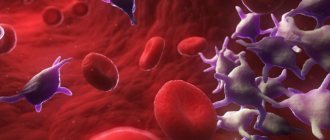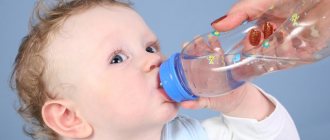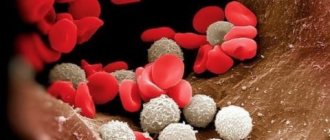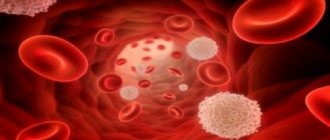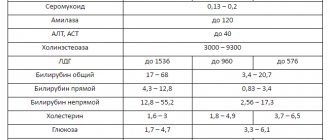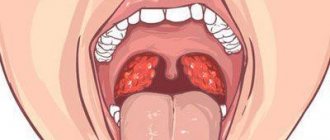Causes of bloody diarrhea in children
There are two types of blood in a baby's stool: obvious and hidden. In the first case, the hemorrhage is so large that it can be seen with the naked eye. In the second case, the blood will become noticeable only during laboratory tests.
Causes of occult blood:
- the initial stage of acute infectious diseases or poisoning,
- oncology of the gastrointestinal tract, gallbladder or liver,
- improper preparation for testing (the patient must give up meat 24 hours before the examination, stop taking bismuth or iron products, and also cannot brush his teeth).
Reasons for the appearance of obvious blood:
- infections (for example, dysentery, cholera, salmonellosis),
- autoimmune diseases,
- organic diseases (hemorrhoids, intestinal obstruction),
- foreign bodies in the gastrointestinal tract.
For babies, the most common cause of blood in diarrhea is a foreign body. However, adults should never try to remove it themselves. The only thing that needs to be done is to take the child to a specialist.
Why does blood appear?
In most cases, bloody diarrhea is one of the symptoms of internal diseases. Somewhat less frequently, this manifestation is associated with external factors and a violation of the diet or diet. Therapy for the pathology depends on the reason why the baby has diarrhea with blood.
Nutrition
Sometimes blood in the stool during diarrhea indicates food poisoning. This symptom can also occur if the child has eaten too many fruits and vegetables, which have a laxative effect on the body. At the same time, the process of gas formation in the child’s body increases and painful sensations in the abdominal area may be observed.
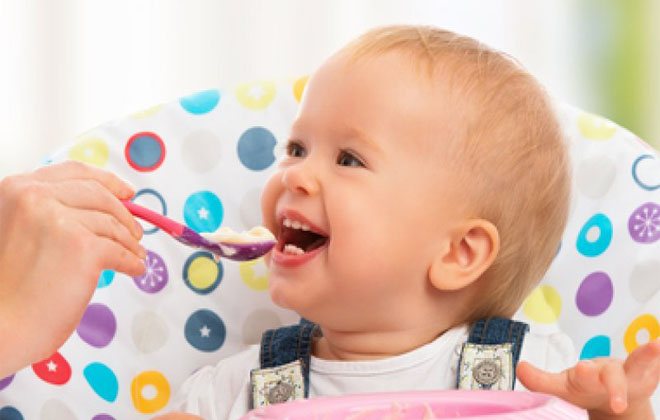
A similar symptom can also occur after eating low-quality foods. Therefore, you should carefully study the packaging when purchasing them, taking into account the expiration date and composition.
Diseases
Mixed mucus with diarrhea in a child under 1 year of age is normal. During this period, the gastrointestinal tract continues to form in the child’s body, so the process of digesting food may not occur correctly.
If a baby has stool interspersed with blood, this may be a consequence of the following diseases and conditions:
- teething;
- ulcer;
- allergy;
- lactose and enzyme deficiency;
- haemorrhoids;
- inflammation of the mucous membrane of the stomach, digestive tract or intestines;
- infections (colitis, salmonellosis, dysentery);
- the presence of bacteria in the gastrointestinal tract;
- Crohn's disease;
- helminthiasis;
- dysbiosis.
Important information: Why does it bleed heavily during early pregnancy without pain and can the fetus survive after bleeding with blood clots?
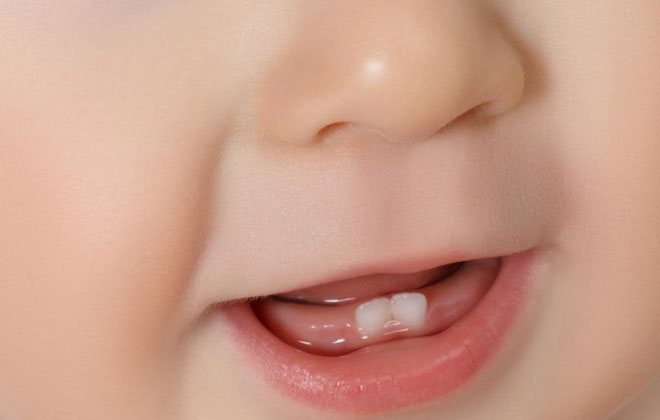
External factors
Diarrhea and signs of blood in your baby's stool can be caused by factors such as:
- unsuccessful surgery;
- use of medications;
- entry into the intestines of foreign objects that injure the mucous membranes or are carriers of infection;
- stress.
Taking these factors into account allows us to determine the cause and location of the damage. The choice of therapeutic regimen and prognosis will depend on this.
Symptoms of bloody diarrhea
As soon as you notice that the baby has emptied with blood and especially mucus, take a closer look at the diarrhea. Consider the color, consistency and smell of the contents. All these accompanying parameters will help you alleviate the child’s condition even before the doctor arrives.
Blood Tint
If there are light or bright scarlet bloody streaks in the diarrhea, this indicates intestinal colitis or dysentery.
If the blood is dark, the baby most likely has an ulcer. But it is worth noting that this option is extremely rare.
Temperature
If the baby stools with blood or mucus, but does not have a fever, this indicates that we are not talking about infection or inflammation.
If the baby has a fever, we are dealing with an intestinal infection. To the listed symptoms are also added headaches, pain in the lower abdomen (cutting nature), vomiting, feces with a green tint and a characteristic pungent odor.
Slime
Most often, diarrhea with mucus warns of the development of a rotavirus infection. This means that after 2-3 days nasal congestion, migraines, headaches will also appear, and the child will become lethargic.
Mucus in the form of orange or green flakes indicates salmonellosis.
Itching of the anus
Pay attention to the child's condition after bowel movement. If the baby complains of itching in the anus, this indicates the presence of internal hemorrhoids.
Treatment methods
Methods of treating diarrhea with blood and mucus in childhood depend directly on the diagnosis. For severe illnesses, treatment usually takes place in a hospital setting. If the severity of the disease is mild or moderate, home therapy is allowed.
Use of medications
In the table you can see groups of medications often used to treat the development of bloody diarrhea in children.
| Group of drugs | Symptoms |
| Antibacterial agents | Attachment of a bacterial infection |
| Saline solutions | Dehydration |
| Anti-inflammatory drugs | Development of the inflammatory process |
| Sorbents | Poisoning |
| Probiotics and lactobacilli | Indigestion |
| Antipyretics | Increased body temperature |
| Antispasmodic drugs | Stomach ache |
Under no circumstances should you use any medications on your own without consulting a specialist. This can only worsen the situation and complicate diagnosis. It is especially dangerous to give painkillers if the baby has abdominal pain. This can hide the symptoms of appendicitis and lead to serious complications, sometimes incompatible with life.
Diet
For various diseases of the digestive tract, it is very important to follow a diet. If the baby is breastfed, nothing should be changed. Mommy must follow the diet.
You may be interested in: What to give for diarrhea or the best medicine for a child over 2 years old
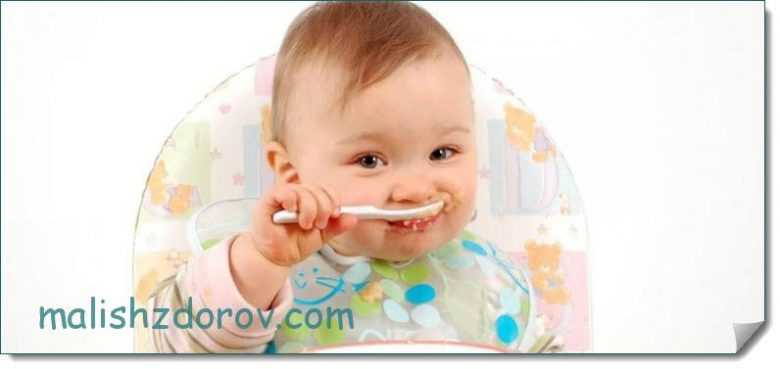
Older children are advised to follow these tips:
- It is important to exclude from the menu foods that are difficult to digest, as well as sweet pastries, baked goods, sour, salty, and spicy foods.
- It is recommended to give preference to rice water, bananas, dried fruits, lean porridges, jelly, and steam omelettes.
- For children who are bottle-fed, it is recommended to introduce soy-based formulas into their diet.
You need to eat in small portions, every 2.5-3 hours. If a child refuses to eat, he should not be forced. It is enough to give water to a small patient.
Folk recipes
Traditional treatment cannot be used as an alternative to traditional therapy. You can use various herbs only after recommendations from a specialist. The use of folk recipes among children under one year of age is especially dangerous. The safest and most effective recipes include:
- Chamomile tea.
- Rice water.
- Kissel from berries and fruits without sugar.
- Carrot puree diluted with water.
These treatments have an anti-inflammatory and astringent effect. Despite their relative safety, they should not be abused.
First aid for a baby
If blood appears in diarrhea, parents should know what needs to be done to improve the baby’s health. Algorithm of actions:
- call a doctor
- do not get rid of feces until a specialist arrives, this is necessary in order to show the doctor the contents,
- don't feed the baby
- Give your baby a drink every 5 minutes, but in small portions,
- at elevated temperatures, give the child a drug containing paracetamol in the form of suppositories or syrup (analgin-containing drugs are not allowed to be taken under 12 years of age),
- do not forget to wash your baby after each bowel movement,
- Give the patient Enterosgel, Smecta or Polysorb, they will help remove toxins from the body.
Treatment
The treatment regimen is selected by a medical expert depending on the cause of the disorder. In this case, the child is protected from communication with other people for the period of treatment. This helps prevent further spread of the infectious disease.
First aid
If blood appears in a child's stool, you should immediately call an ambulance. In this case, it is advisable to save the bloody feces so that a specialist can study it.
The child should not be given food while waiting for the doctor. Every 5-10 minutes he needs to drink 10-15 ml of water. As an alternative, you can give the victim solutions of Orolite or Regidron.
If the temperature rises significantly, the child should be given syrup or a suppository with paracetamol. Taking Aspirin is allowed only from the age of 12.
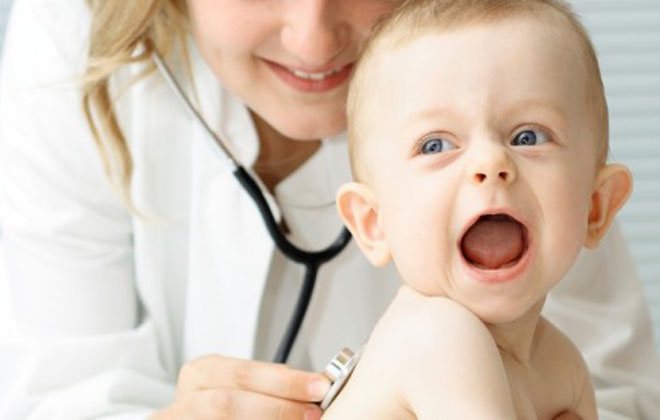
Additionally, measures should be taken to prevent dehydration. To do this, add 1 tsp to 1 liter of boiled and cooled water. table salt, 1 tsp. soda and 2 tbsp. natural sugar. The mixture should be given every 10 minutes, 2 tsp.
Drug treatment
If bloody diarrhea is associated with inflammation of the intestinal mucosa, intussusception or enterocolitis, then treatment is carried out in a hospital setting under the supervision of a medical specialist.
Bacterial infectious diseases are treated with antibiotics. In this case, medications can be prescribed to normalize the water-salt balance in the body.
For colitis, anti-inflammatory drugs are prescribed. The following medications help with diarrhea:
- Neosmectin;
- Activated carbon;
- Polyphepan;
- Enterosgel;
- Smecta;
- Polysorb.
Important information: Arrosive bleeding in destructive forms of pancreatitis (pancreatic necrosis)
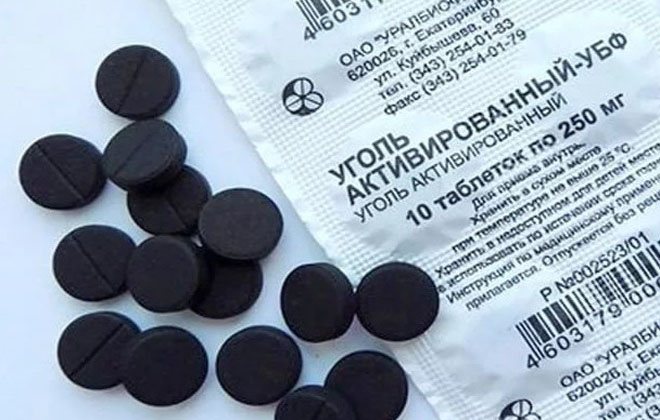
To stabilize the intestinal microflora, bifidobacteria and lactobacilli are used.
Diet
Difficult-to-digest foods must be excluded from the children's diet: milk, cheese, fruit juice, beans, peas, raw fruits and vegetables, fried, fatty, sweet, salty foods.
It is recommended to supplement the menu with crackers, bananas, jelly, potatoes, rice decoctions and weak tea.
If diarrhea is observed in a child who is breastfed, then the nursing mother will also have to follow a special diet.
Treatment of diarrhea with mucus and blood
The following medications will help your baby:
- if the blood appears due to infection, you need to be treated exclusively under the supervision of a doctor,
- If bacteria are detected in the body, antibiotics should be taken,
- children are also often prescribed medications to restore water-salt balance,
- in order to eliminate diarrhea, it is necessary to give an absorbent drug, Polysorb, Enterosgel, activated carbon or Smecta,
- rehydration therapy is prescribed, which consists of taking compotes, mineral water or glucose,
- In order to bring the intestinal microflora back to normal, it is recommended to take lacto- and bifidobacteria.
Possible complications
Bloody diarrhea ends with negative consequences and, even more so, death in extremely rare cases. However, you should not leave it to chance, so as not to lead to the following complications:
- loss of fluid in the body (can cause seizures or fainting),
- if even 10% of water is lost, the baby requires long-term therapy, which does not always lead to positive results,
- with a loss of 20% of water, the risk of death increases,
- intestinal problems: persistent constipation or diarrhea,
- development of lactose deficiency (if diarrhea was caused by a rotavirus infection),
- antibiotic therapy can result in dysbacteriosis,
- with untreated dysentery, the rectum may prolapse.
Doctor Komarovsky's opinion
According to a famous pediatrician, diarrhea with blood is most often provoked by infection. Especially if the problem is accompanied by an elevated temperature.
The main principle is to prevent severe loss of fluid. Parents should give the baby salt solutions to drink. They are sold in pharmacies without a prescription. The most popular: Regidron or Glucosolan.
Under no circumstances should you feed your baby during the first 3-4 hours, otherwise this may lead to vomiting. Be sure to consult a doctor to correct the problem.
If your temperature rises, you should call an ambulance immediately. Before her arrival, they give an antipyretic and provide the baby with plenty of fluids.
